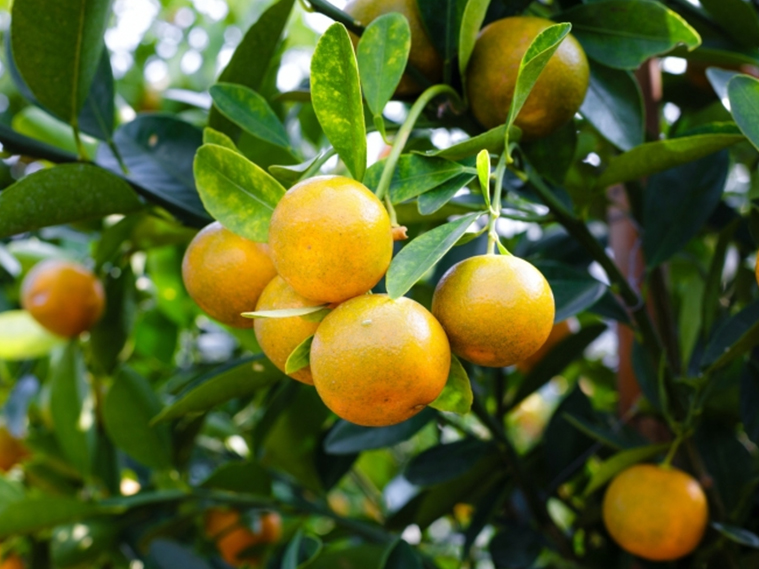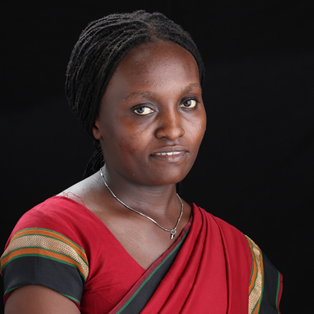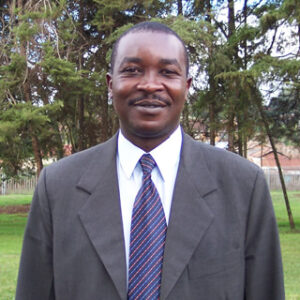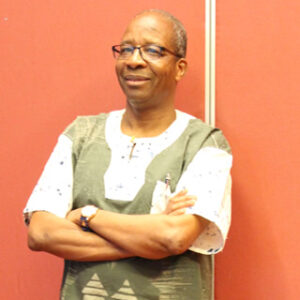Take the example of Jeannette Kanyange, a Rwandan farmer one might find anywhere on in Africa. Three years ago before she started renting a power tiller, a sort of mini-tractor, she used to spend RwF300,000 (US$306) to pay 100 people to till one hectare per day.
Renting the tiller dropped the cost to RwF100,000 ($102) for the same land per day. It allowed her to till more land for less. One can imagine farmers in her locality taking notice and possibly follow suit. The reality however is that, while there are government efforts including Rwanda’s to increase agricultural mechanisation, uptake is still woefully low around the continent.
Overall, Africa has less than two tractors per 1,000 hectares of cropland, compared to 10 tractors per 1,000 hectares in South Asia and Latin America.
This has been the general trend since independence in the continent. What’s more, despite agriculture being a mainstay in Africa’s economy, it only contributes less than 25 per cent to the gross domestic product.
When in a 2008 report the Food and Agricultural Organisation interrogated how to improve agricultural output including for food security, the experts predictably pointed to agricultural mechanisation is the missing link – their point being the solution lay in more than tractors.
By its very definition, agricultural mechanisation is the application of technology to enhance productivity and achieve results beyond the capacity of human labour.
Thus, other than the various types of tractors, mechanisation also ranges from irrigation systems to food processing and related equipment and technologies including electricity and solar power.
Note that there are irrigation systems and food processing and the like going on in many countries the continent. But it is testament that not much has improved despite actionable recommendations in the 2008 reports.
I say this because reasons are still being interrogated how to unlock Africa’s agricultural mechanisation, as recently as in the webinar last September by the nonprofit African Agricultural Technology Foundation (AATF).
Emphasis is on how mechanisation provides efficient utilisation and value addition in profitable ventures, thereby improving quality of life.
The missing link therefore according to the experts is how to bring about such ventures. They point to the Asian experience, in particular, noting that Asia and Africa were developmentally at par at independence in the 1960s.
They observe how machinery and entrepreneurial skills have been at play to empower farmers. They observe how the availability of registered land in Asia has allowed farmers to use title deeds for credit to purchase machinery or more land. This has led to a sizeable number of farms in business able to invest.
A notable feature is farmers’ entrepreneurial skill and adaptive management capacity to changing technologies and policies and markets. One could argue there is a level of all these features on the continent. But the experts agree that what largely lacks in Africa is what can be summed up in the idea farmer aggregation.
Farmer aggregation describes the bringing together of farmers with market networks to achieve economies of scale along agricultural value chains, of which mechanisation is a key component.
Note that the aggregation is different from traditional farmer cooperatives.
The concept of aggregation brings together players with financial capacity, market networks, and product knowledge into a business arrangement with farmers who must have the technical capacity to produce large quantities of quality produce.
Conditions allowing such aggregation are largely absent in the continent and are exacerbated by low entrepreneurial and management capacity, as well as mechanisation.
To address these issues, a 2018 Framework for Africa arrived at through an “Africa-wide consultative process” suggests priority areas AUC Member States should consider when developing their national strategies for sustainable agricultural mechanization.
SOURCE: The New Times Rwanda.




































































